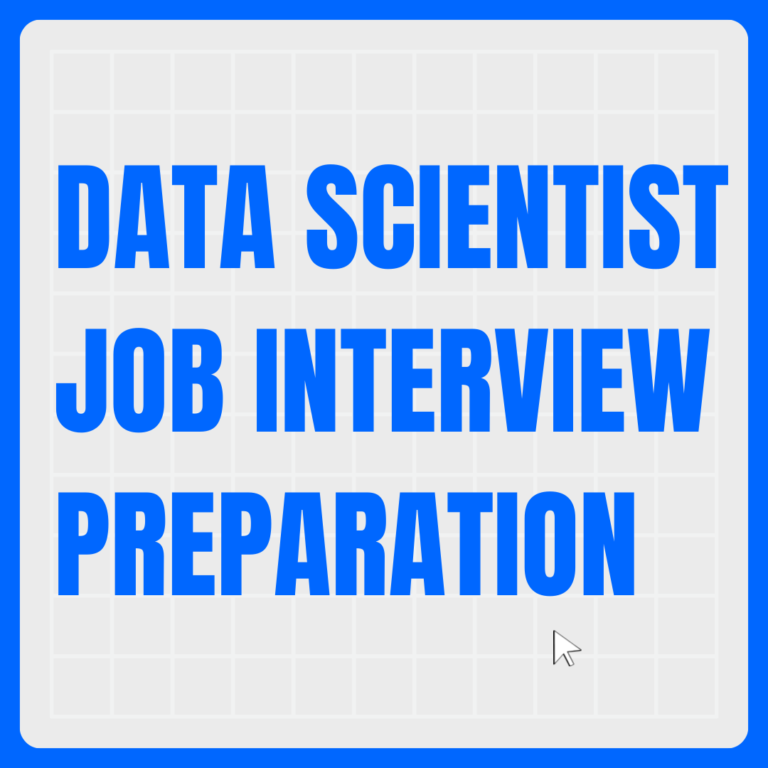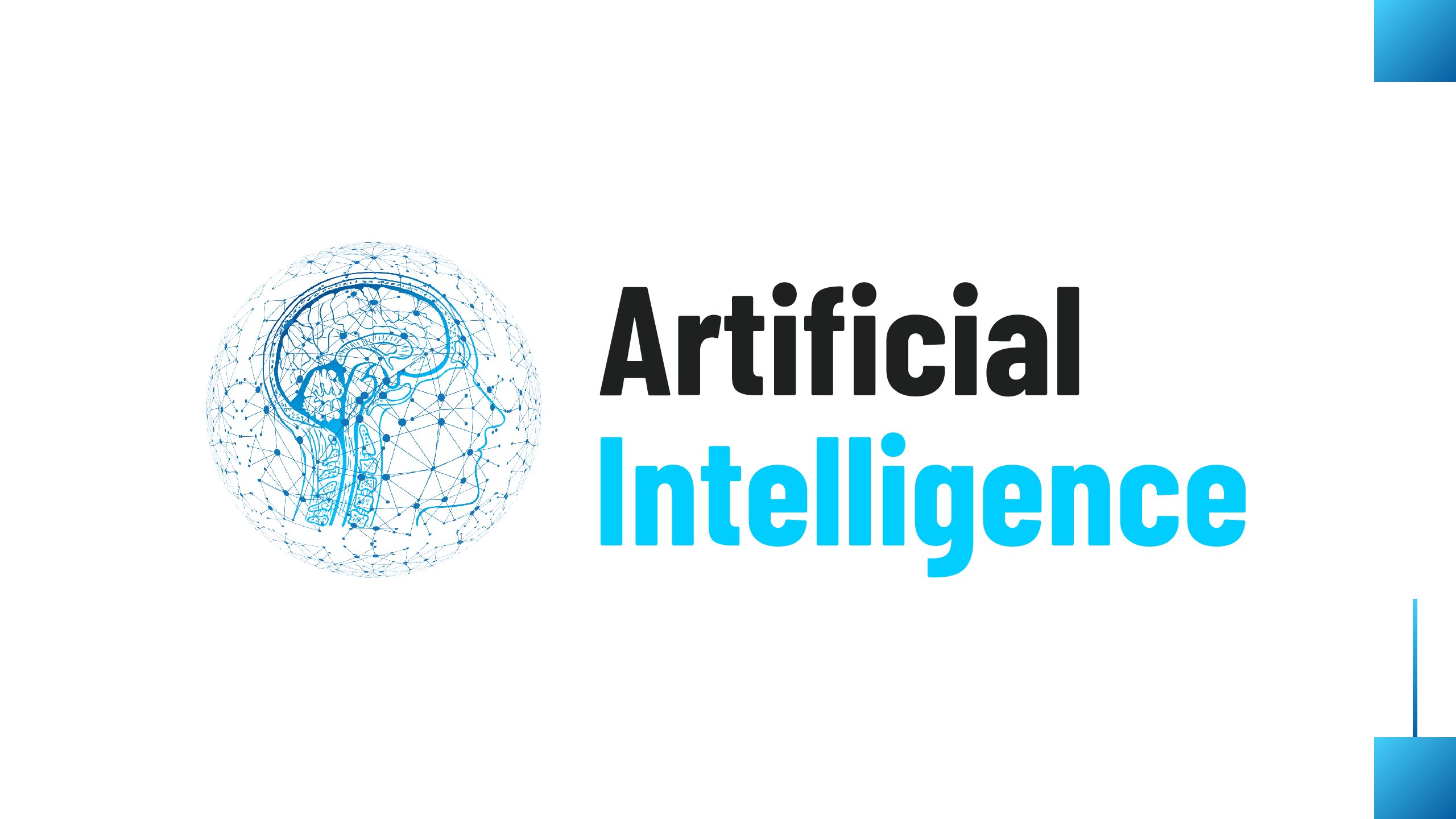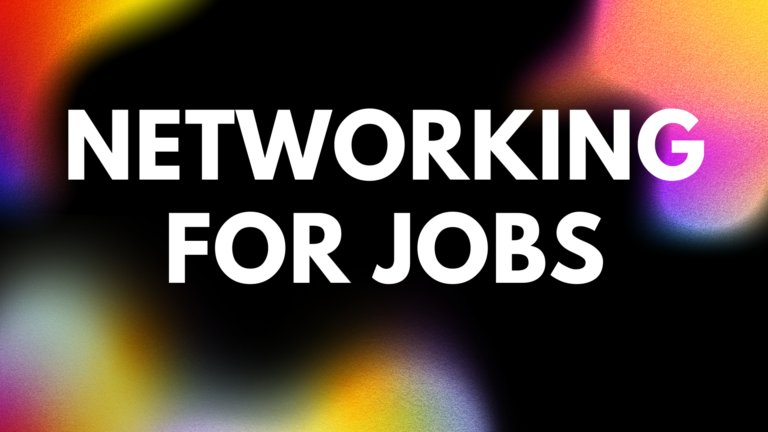Skill Gap Analysis
In today’s rapidly evolving job market, skill gap analysis has become a critical process for professionals and organizations striving to stay competitive. It identifies the difference between the skills employees currently possess and those required to meet organizational goals or industry standards. With technological advancements reshaping industries, individuals and businesses must address skill gaps proactively to ensure sustained growth and success.
Understanding Skill Gap Analysis
Skill gap analysis is a systematic method used to evaluate the skills, knowledge, and competencies needed for a specific role or goal versus the existing capabilities. It acts as a roadmap for both employees seeking personal development and employers aiming to build a capable workforce. This process not only highlights areas of improvement but also provides actionable insights to address deficiencies.
For individuals, conducting a personal skill gap analysis can illuminate weaknesses hindering career progression. For example, a marketing professional transitioning to digital marketing might realize they lack expertise in analytics tools or social media advertising. On an organizational level, skill gap analysis helps businesses align their workforce with strategic objectives, ensuring the team is equipped to tackle current and future challenges.
Why Is Skill Gap Analysis Crucial?
The importance of skill gap analysis cannot be overstated in today’s dynamic professional landscape:
Adaptation to Change: Industries are undergoing rapid transformation due to emerging technologies such as AI, machine learning, and automation. Identifying skill gaps early allows individuals and organizations to stay ahead of the curve.
Enhancing Productivity: Employees equipped with the right skills can perform tasks more efficiently, increasing overall productivity and job satisfaction.
Career Advancement: For professionals, bridging skill gaps can lead to promotions, better opportunities, and job security.
Strategic Workforce Planning: Organizations can design targeted training programs, allocate resources effectively, and reduce hiring costs by upskilling existing employees.
Competitive Edge: Businesses and individuals who continuously adapt to market demands gain a competitive advantage.
Steps to Conduct a Skill Gap Analysis
Define Goals: Begin by identifying the end objective. For an individual, this could be achieving a specific role or mastering a new technology. For an organization, it might involve meeting project deadlines or achieving growth targets.
List Required Skills: Determine the skills necessary to meet the identified goals. Research industry trends, job descriptions, and expert recommendations to create a comprehensive list.
Assess Current Skills: Evaluate existing capabilities. Individuals can use self-assessments or seek feedback, while organizations might conduct employee surveys or performance reviews.
Identify Gaps: Compare current skills with the required ones to pinpoint deficiencies. This stage is crucial for designing effective development strategies.
Develop an Action Plan: Create a roadmap to bridge the gaps. This might involve enrolling in online courses, attending workshops, or gaining hands-on experience. For organizations, it could mean offering training programs or mentoring initiatives.
Monitor Progress: Regularly revisit the analysis to track improvements and ensure alignment with evolving goals.
Tools and Resources for Skill Gap Analysis
Several tools can simplify the process of skill gap analysis for individuals and organizations:
Skills Assessment Platforms: Tools like LinkedIn Skills Assessments, Coursera, and edX help evaluate current expertise and recommend improvement areas.
Learning Management Systems (LMS): Platforms such as Udemy for Business or Skillsoft offer tailored courses to address skill gaps.
Competency Frameworks: Frameworks like SHRM’s Competency Model can guide organizations in identifying and addressing skill gaps systematically.
Feedback Mechanisms: Utilizing 360-degree feedback or peer reviews provides valuable insights into strengths and areas needing development.
Challenges in Skill Gap Analysis
While skill gap analysis offers numerous benefits, it is not without challenges:
Accurate Self-Assessment: Individuals may struggle with objectively evaluating their skills, leading to inaccurate results.
Resistance to Change: Employees and employers might resist acknowledging skill deficiencies due to fear of judgment or additional effort.
Rapidly Changing Demands: With industries evolving quickly, skill requirements can change before gaps are addressed, necessitating ongoing analysis.
Resource Constraints: Small businesses or individuals may face financial or time limitations when addressing skill gaps.
Strategies to Overcome Skill Gaps
Continuous Learning: Embrace lifelong learning through online courses, certifications, or on-the-job training.
Leverage Mentorship: Seek guidance from experienced professionals to gain insights and develop necessary skills.
Collaborative Learning: Participate in team projects or knowledge-sharing sessions to enhance skills collectively.
Focus on Soft Skills: Besides technical expertise, prioritize developing communication, leadership, and problem-solving abilities.
The Future of Skill Development
The rise of artificial intelligence, data analytics, and other technologies has underscored the need for agility in skill development. Skill gap analysis will play an increasingly vital role in preparing individuals and organizations for the future of work. Employers are now emphasizing hybrid skills, combining technical expertise with interpersonal abilities, making the process even more critical.
For professionals, the journey of skill development is ongoing. Regularly revisiting personal goals and aligning them with market demands ensures sustained growth and relevance. Similarly, organizations investing in employee development reap long-term benefits, including loyalty, innovation, and success.
Conclusion
Skill gap analysis is more than a buzzword—it’s a strategic necessity in today’s competitive world. Whether you’re an individual aspiring for career growth or an organization aiming to thrive, identifying and addressing skill gaps is the key to unlocking potential. Embrace the process, leverage available resources, and commit to continuous improvement. With a proactive approach, the possibilities are limitless.








